Hazards Come In A Variety Of Packages
I am in no way what I would consider a playground safety expert. Luckily, there are numerous people that have the experience, training, and desire to be certified playground safety inspectors. The work each of them does for the safety of our children is more than worth the time they spend, or the money we spend, on the inspections.
I am, however, someone who has some experience in what makes a safe playground and what makes a dangerous playground. The differences are often subtle.
In speaking with Frances Wallach, one of the most respected playground experts in the country, earlier this year (see article on page 18), she explained to me the difference between a risk and a hazard.
“Hazards are hard for children to see,” she said. “Children take into account the risks involved with a particular activity—that’s part of the fun. They don’t take into account the
hazards involved.”
Risks are an important, and exciting, part of the playground. That is why children are continually pushing themselves on the play structure. It’s not enough to go down the slide anymore, so children try to climb on top of the tube slide. Taking away the risks means taking away the children from the playgrounds.
But there are hazards that seem to appear on every playground, hazards that are easily taken care of with a little bit of knowledge and effort.
A simple walk-through can help take care of a lot of hazards.
I would like to share two experiences I had recently.
First, we were shooting the cover shot for our September 2002 issue at a local elementary school. I had already visited the location previous to the shoot and everything looked fine. When we arrived the morning of the shoot, there was a rope connected to an element of the playground, no doubt to help a smaller child reach something meant for an older child. I quickly—and quite easily—removed the rope, placed it in my car and, possibly, kept a child from getting hurt.
Second, at our most recent cover shoot, a similar thing happened. We were at a different elementary school on a different playground. I had previewed the playground before the shoot and checked it again as we got there. There was another piece of rope connected to a ladder—this time with no apparent reason—that I easily removed.
During shooting, however, we discovered that in one corner of the use zone there were several pieces of glass that had spilled into the wood-chip surfacing. The remnants of a broken bottle were evident on the blacktop close to the playground, and it looked as though the glass we found hiding was part of the same careless littering.
The glass was harder to see—it was located just under some wood surfacing—but was relatively easy to get rid of as well. It was also discovered, luckily before anyone was hurt, by some aware children working with us on the photos.
Now, this isn’t meant to place everyone in a state of alarm over our playgrounds. The point I would like to make is that a careful inspection of your playgrounds can help avoid major concerns, even if you aren’t a certified playground safety inspector. You should still participate in regularly scheduled professional inspections, which cover things untrained people can’t see, but you should also take responsibility for your own playgrounds on a day-to-day, week-to-week basis.
There are hazards that seem to appear on every playground, hazards that are easily taken care of with a little bit of knowledge and effort.
And it isn’t just the broken glass/dangling rope-type hazards that parents and supervisors need to be aware of. Bullies (covered more in-depth on page 20) are hazards that are difficult to spot and more difficult to deal with. There are ways to make your playgrounds safe from bullies as well. Careful planning and an execution of that plan can make bullies less frequent on your playgrounds.
With all of this, a little education is the key. Teach your employees the power of a simple comb-over of your playground. My simple search for hazards—even with limited understanding—has helped. Educate parents and children how to get rid of hazards that might be on your playground—even bullies.
Playgrounds are meant to be a child’s safe place. With proper maintenance and supervision, children can enjoy the risks of a playground without having to worry about the hazards that might be hiding.

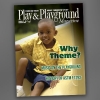
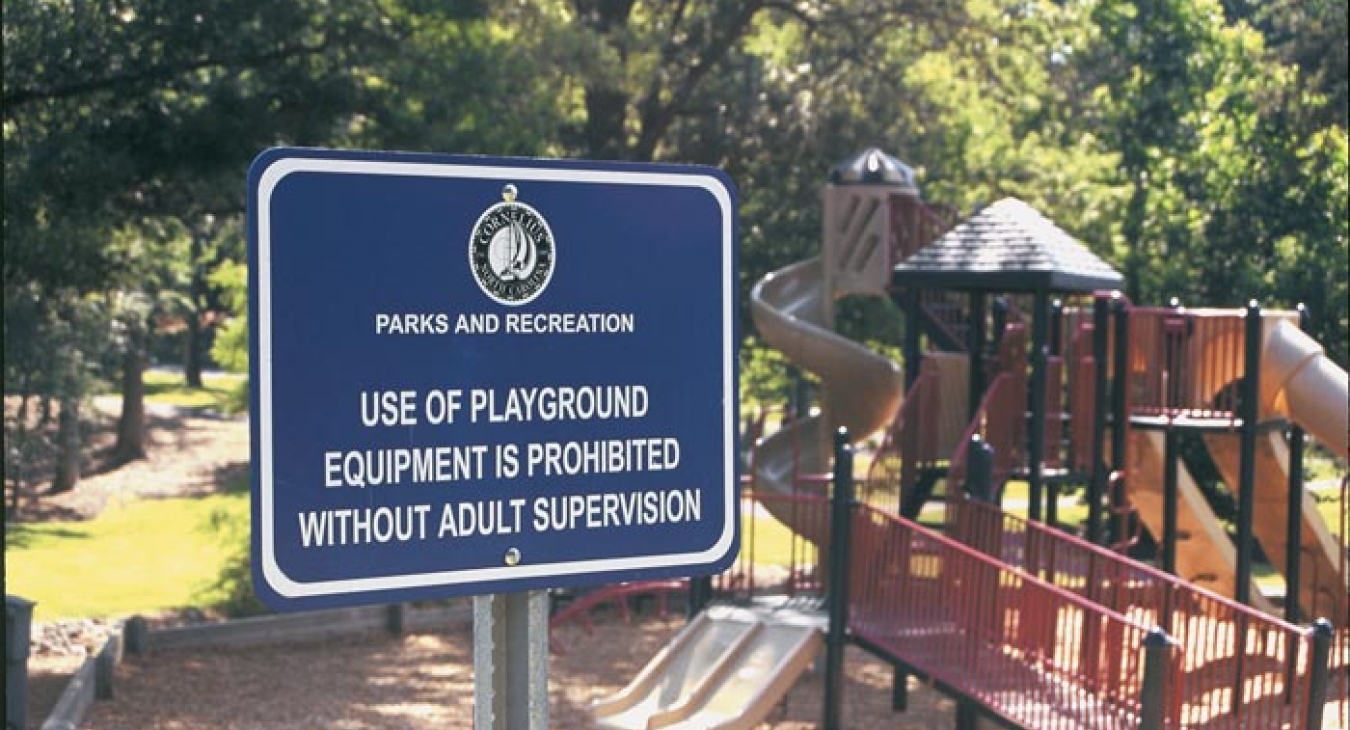
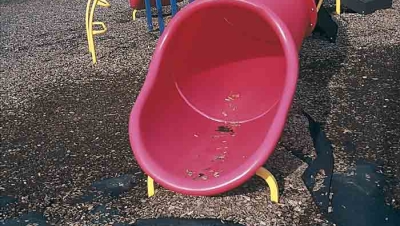
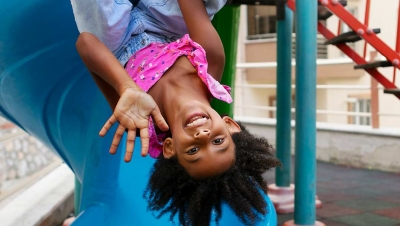
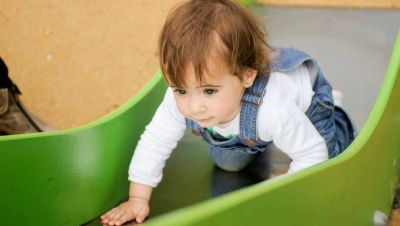
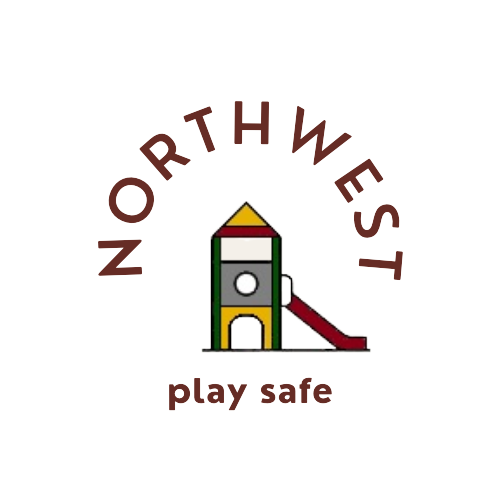

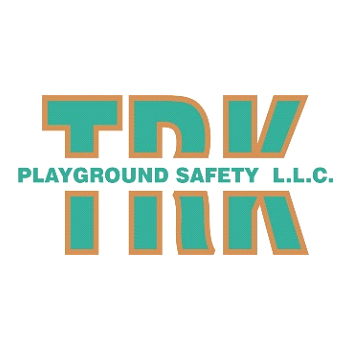
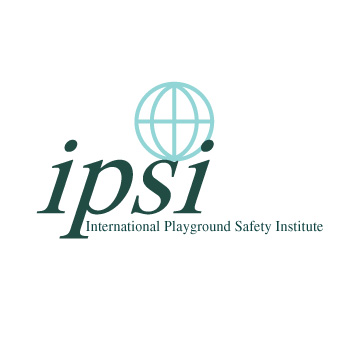
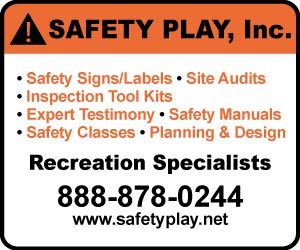
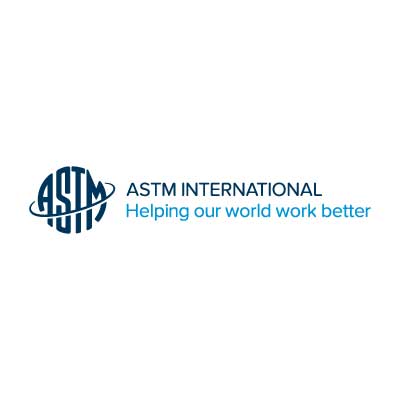
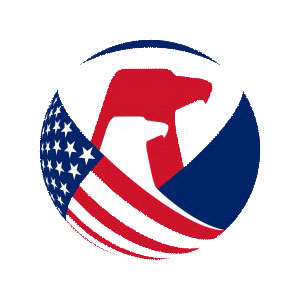
Add new comment